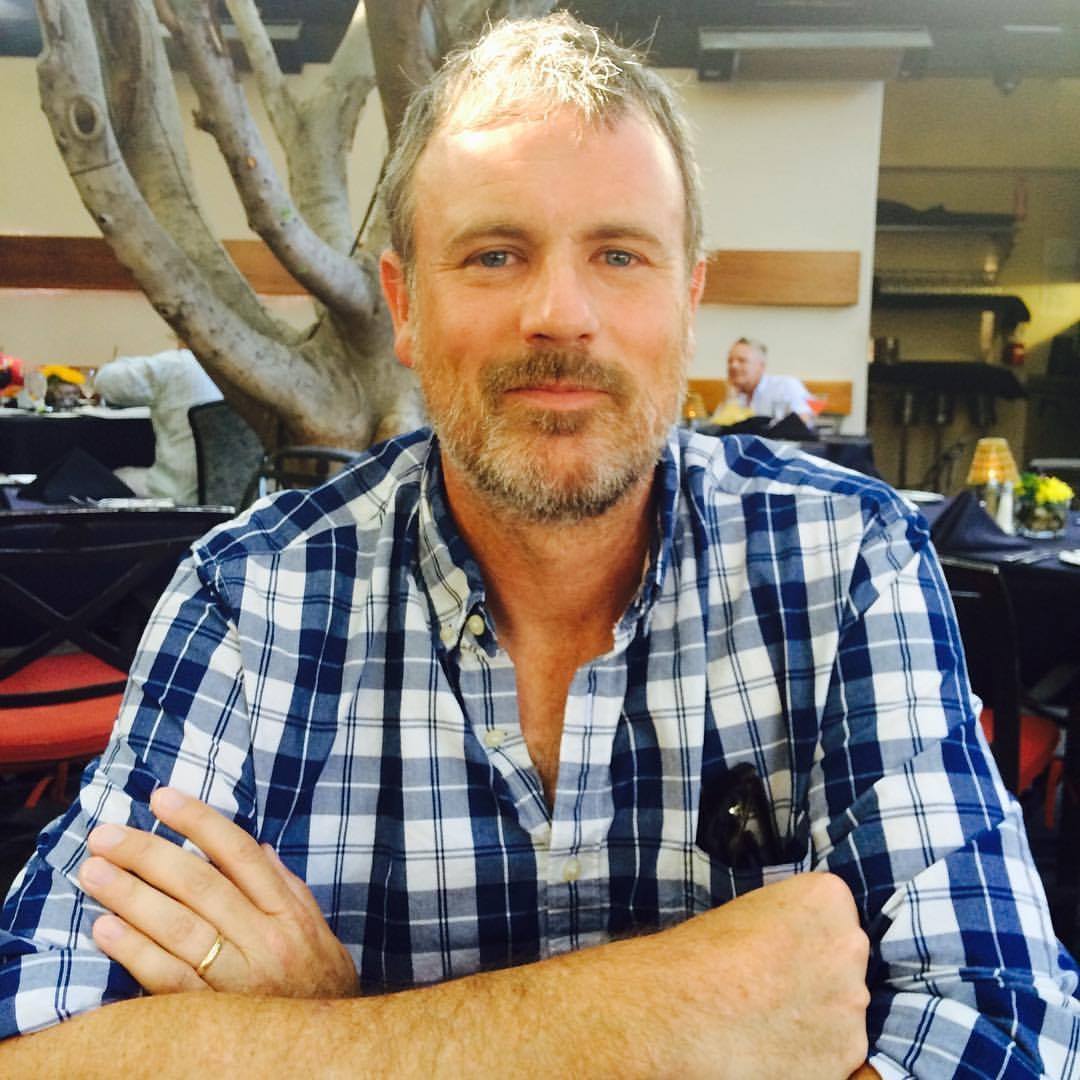William Fitzgerald says his neighborhood looks like a “war zone.” Every night from June to August—as well as weekends and holidays during the off-season—the nearby Disneyland Resort sets off a massive fireworks display. Within minutes, a 100-foot-tall cloud of smoke rolls through the streets and homes in Fitzgerald's neighborhood.
“The smoke usually goes north down Harbor Boulevard,” Fitzgerald says. “I live northeast of Disneyland, so I would say I get smoke only one in eight times. We're not so bad off as the other poor suckers half a mile from the place.”
Fitzgerald was referring to other less-fortunate members of the Anaheim homeowner's group, Anaheim HOME—Anaheim Homeowners Maintaining Their Environment. Two years ago, he and other members of the group demanded that officials of the South Coast Air Quality Management District (AQMD) study the health effects of Disney's nightly fireworks display.
Above all, Fitzgerald says, his group asked AQMD to determine whether sulfur in the smoke from the fireworks—which, when combined with water vapor in the air, forms sulfuric acid—was harmful to local residents.
Last month, just after Disney ended its summer fireworks season, the AQMD finally released its report on the fireworks. Agency officials declared the fireworks a “nuisance” for local residents and suggested Disney tone down the show.
But the agency failed to reach any conclusion about the hazards of long-term exposure to the smoke. Stranger still—and despite residents' repeated complaints about the cloud's sulfur odor—the AQMD failed to measure for sulfur content in the smoke.
“The fact that the AQMD didn't even test for sulfur seems strange to me,” said Fred Olsen, a Wisconsin-based professional pyrotechnician. “It could be plain incompetence, or it could be an intentional cover-up. I find it flat-out suspicious, especially because of the complaints. Fireworks contain some sulphur, so it should have been a consideration.”
“For about a year, we've been working with [AQMD] to release the results of the study,” Fitzgerald said. “Finally, they give it to us at the end of the summer, now that the fireworks are over. It is 37 pages, and all we see are certain toxic metals, some at a higher rate than others. They didn't measure things like sulfur, which we wanted, and sulfur causes sulfuric acid and rusts trailers and rod-iron fences.” HOME activists reasonably wonder what sulfuric acid is doing to their bodies.
Mohsen Nazami, AQMD's assistant deputy executive officer, acknowledged the agency's report is incomplete. “There is smoke, and there are small amounts of [chemical] fallout with that,” Nazami said. “If you are living next door to a place where they are doing this all the time, you could view that as a nuisance and could be concerned. But as far as impact on health, we don't have a full-blown study to provide that type of conclusion.”
Disneyland spokesman Bob Tucker said Disney had “absolutely no concerns” about the AQMD report. He recommended we speak with Dr. Bob Phalen, director of the air-pollution health-effects laboratory at UC Irvine's College of Medicine. Phalen reviewed the AQMD report and said he found nothing to be alarmed about. “If you breathe everything that looks like it comes from the fireworks for 80 years, the amount you would breathe would weigh the same as half a peanut, which is not very much. So the fireworks contribute a very small quantity to the contaminants in the air.”
Nonetheless, Tucker said Disney has agreed to reduce the number of fireworks in each show. “We installed high-pressure water systems to intercept the smoke and lower it,” Tucker said. “We also tried to suppress the smoke through the use of heavy water droplets, and thirdly, we even brought in large theatrical fans to move the smoke. [AQMD officials] were very pleased to hear all these efforts. We believe we have an excellent relationship with AQMD.”
Tucker added, “It's a moot point because the fireworks are over—they ended on Aug. 31.”
Contrary to Tucker's claim that Disney has reduced the amount of fireworks it uses, Fitzgerald asserts the pyrotechnic show has doubled in volume since he complained to AQMD two years ago, about the same time Disney unveiled California Adventure.
“Our estimates are 200 rounds going off each night,” Fitzgerald said. “Afterward, you are blanketed in a big smoke cloud for 10 or 15 minutes. Every piece of exposed metal on my property is rusted. This sulfuric acid is very corrosive. You can see lines on the cars where the paint has peeled away. Common sense tells you not to set off fireworks every day in a heavily populated area where the smoke hurts children and people with asthma.”

Award-winning investigative journalist Nick Schou is Editor of OC Weekly. He is the author of Kill the Messenger: How the CIA’s Crack Cocaine Controversy Destroyed Journalist Gary Webb (Nation Books 2006), which provided the basis for the 2014 Focus Features release starring Jeremy Renner and the L.A. Times-bestseller Orange Sunshine: The Brotherhood of Eternal Love’s Quest to bring Peace, Love and Acid to the World, (Thomas Dunne 2009). He is also the author of The Weed Runners (2013) and Spooked: How the CIA Manipulates the Media and Hoodwinks Hollywood (2016).

